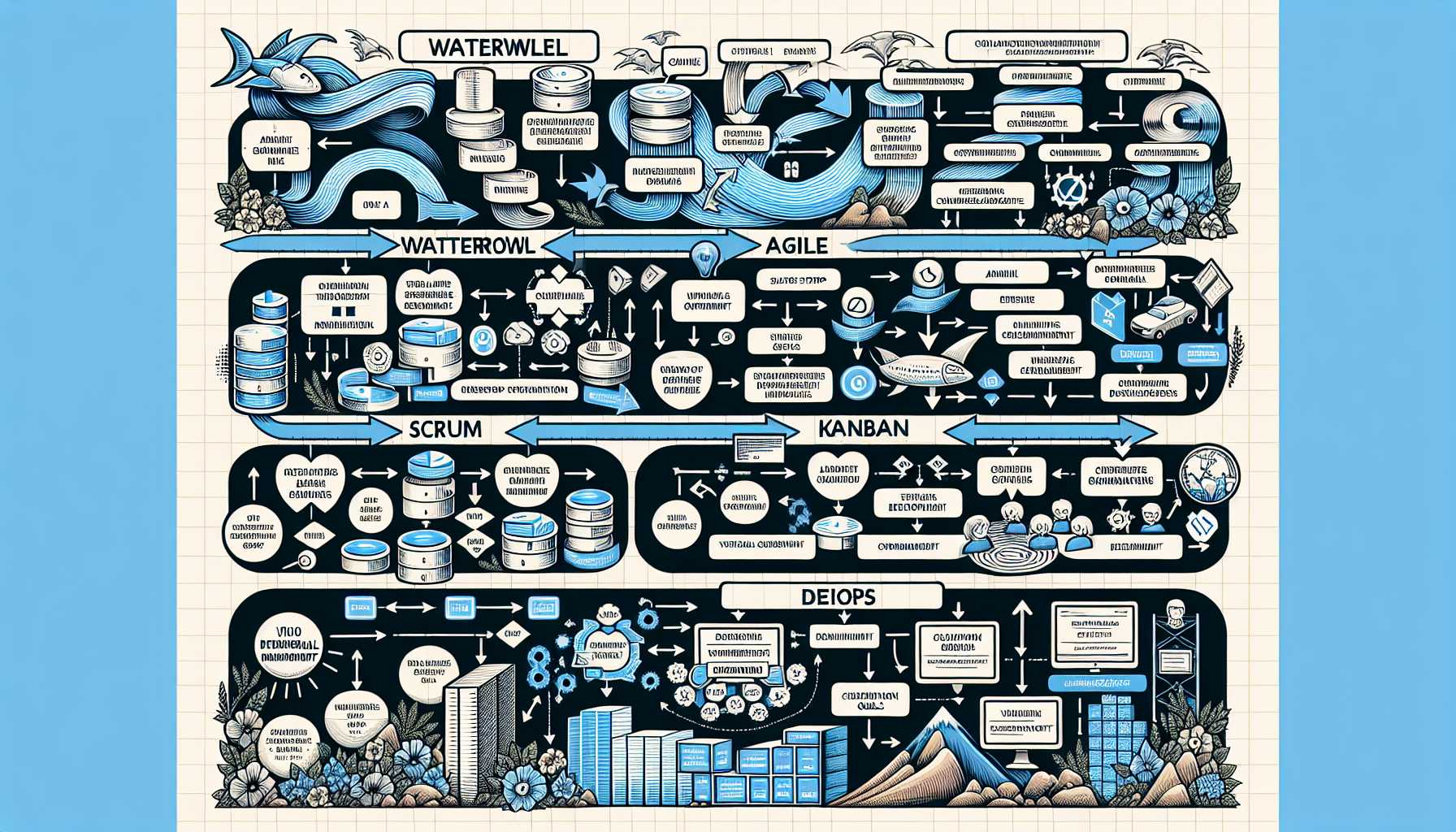Selecting the Right Software Development Methodology
Welcome back, seasoned product professionals. Today, I would like to unpack one of the most critical decisions we make in our journey to create software products: selecting the right software development methodology. More than a simple matter of preference, this choice can significantly influence the success of a project. As someone who has led teams through the trenches of software development, I’ve experienced firsthand how the right (or wrong) development methodology can make or break a project.
The Landscape of Development Methodologies
We ought to begin by acknowledging the plethora of methodologies at our disposal. From Waterfall to Agile, Scrum to Kanban, and the more recent DevOps and Continuous Deployment practices, each methodology carries its strengths, weaknesses, and ideal use cases. I’ve managed projects where a Waterfall approach, in its sequential and structured nature, was well-suited for tightly regulated environments. In contrast, I have seen Agile’s flexibility facilitate swift pivots in response to changing market demands in more dynamic sectors.
Project Objectives and Requirements
One of the most impactful lessons I learned came early in my career while leading a project that demanded strict regulatory compliance. The Waterfall methodology’s linear phases offered the necessary control and documentation required. However, it became apparent that our objectives needed to be clearly defined from the outset, as any changes would jeopardize the project’s timelines and budgets.
Consideration of Team Size and Experience
Another key consideration is the size and experience of your team. Agile methods, like Scrum, thrive in smaller, cross-functional teams with seasoned professionals who can manage self-direction and rapid iteration. Once, I transitioned a team from a Waterfall-centric approach to Scrum only to realize it demanded a steep learning curve and significant cultural shift. This taught me the importance of not just choosing a methodology but preparing your team for its successful implementation.
Stakeholder Engagement and Feedback Loops
Interactions with stakeholders are also influenced by methodology choice. On a project with a prominent B2B client, we opted for a modified Agile framework, allowing for more frequent and collaborative engagements with client representatives. This approach fostered trust and allowed for real-time feedback, which, in contrast to the relative isolation of a Waterfall approach, made for a more adaptive and client-responsive project lifecycle.
Time-to-Market and Market Dynamics
In fast-moving markets, time-to-market can be pivotal. During the launch phase of a mobile application, we used a Kanban-based approach to manage flow and prioritize tasks that directly impacted our launch readiness. Its visualization of workflow and focus on limiting work-in-progress allowed for a nimble and responsive timeline, critical in a market where competitors were rapidly iterating on similar applications.
Risk Management and Adaptability
Risk management is inherent to project management, and your development methodology plays a role. When working on a high-risk project involving emerging tech, we used a Spiral model, which integrates risk management as a core component. Its iterative nature allowed for risk assessment at each phase, enabling us to mitigate potential issues early and adapt our approach accordingly.
Documentation and Quality Assurance
A final note is on the importance of documentation and quality assurance, which can oftentimes be linked to your chosen methodology. On one project, the relative lack of extensive documentation in Agile posed a challenge. We addressed this by implementing “definition of done” agreements and integrating robust testing within our iterations, ensuring quality did not suffer for the sake of agility.
Choosing the right software development methodology is a nuanced decision that should factor in project goals, team dynamics, stakeholder engagement, market conditions, risk levels, and quality assurance needs. Personally, I’ve been on a gamut of projects, each with its unique context and requirements that guided our methodology choices. Sharing these experiences, I hope to enlighten teams grappling with this decision and aid in securing project success.
Till our next session, keep leading, adapting, and delivering excellence.

